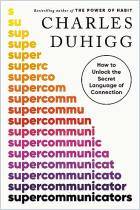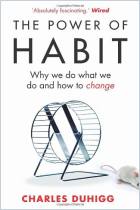Acesse a sua conta getAbstract para obter o resumo!

Acesse a sua conta getAbstract para obter o resumo!
Charles Duhigg
What Google Learned From Its Quest to Build the Perfect Team
New Research Reveals Surprising Truths About Why Some Work Groups Thrive and Others Falter.
The New York Times Magazine, 2016
Sobre o que é?
How Google used data analysis to optimize group dynamics in the workplace
Recommendation
What makes some teams successes and others failures? Why can team dynamics be either energizing or draining? This article describes Google’s quest for a formula to optimize teamwork. Charles Duhigg, a Pulitzer Prize–winning reporter for The New York Times, explains Google’s findings on its analysis of group dynamics. getAbstract recommends these insights to managers looking for methods to motivate teams, create a constructive working environment and improve group productivity.
Summary
About the Author
Charles Duhigg is a Pulitzer Prize–winning reporter for The New York Times. He is the author of The Power of Habit and Smarter Faster Better, from which this article is adapted.



























Comment on this summary